Introduction
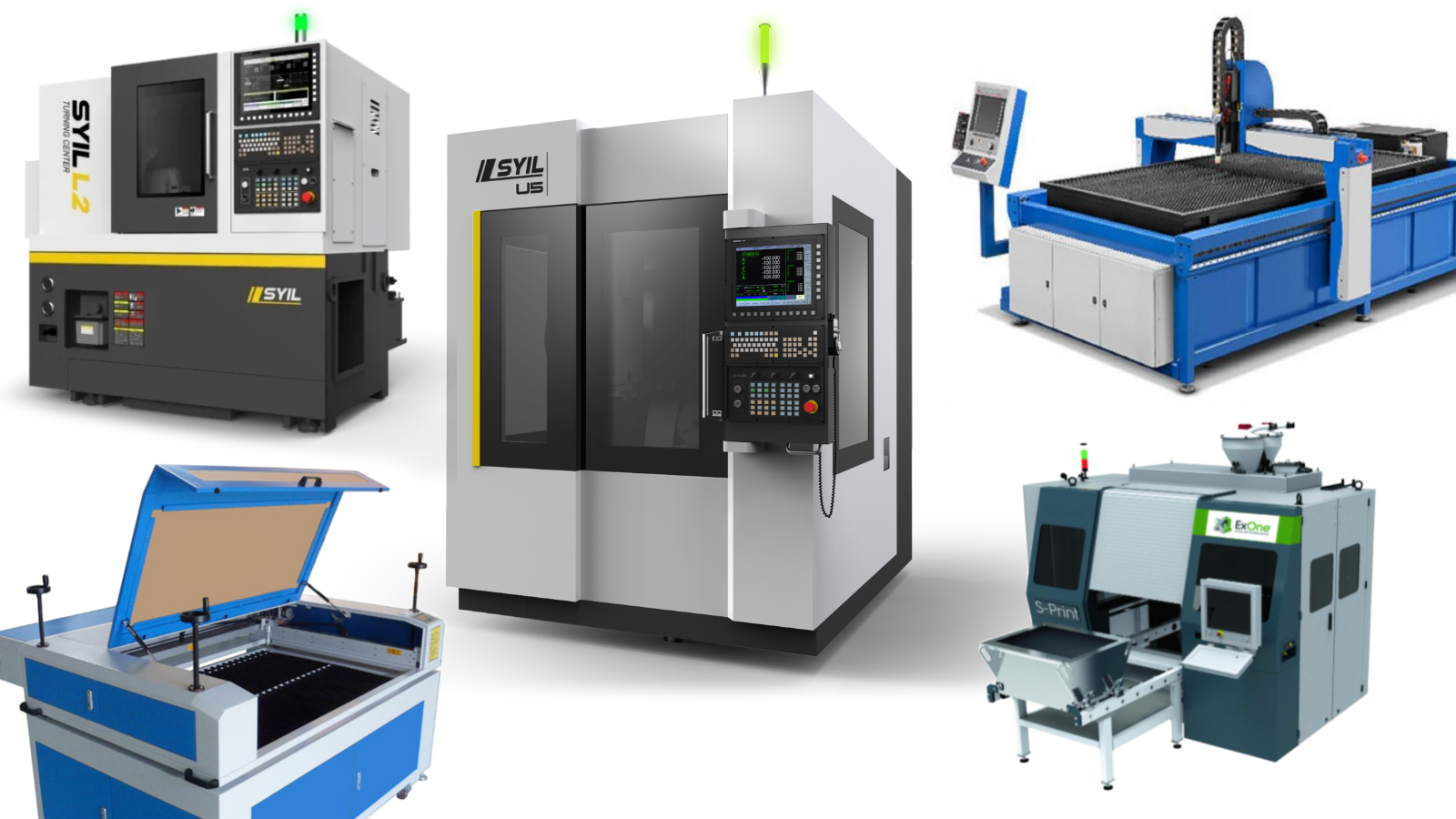
In the realm of modern manufacturing and prototyping, two technologies have emerged as front-runners: CNC machining and 3D printing. Each offers unique advantages and capabilities that cater to different needs, often leading to the question: Is CNC more accurate than 3D printing? As we delve into these technologies, it's essential to understand their foundational principles, differences, and how they serve the vibrant maker community.
Understanding CNC and 3D Printing
CNC (Computer Numerical Control) machining is a subtractive manufacturing process that involves removing material from a solid block using precise tools guided by computer software. On the other hand, 3D printing is an additive process that builds objects layer by layer from digital models. This fundamental difference sets the stage for various applications and innovations across industries, prompting discussions like “Will 3D printing replace CNC machining?” Both methods hold significant value in production but excel in distinct areas.
Key Differences Between Two Technologies
When comparing CNC vs 3D printing, one of the most striking contrasts lies in their operational methodologies: subtractive versus additive. While CNC machining excels in producing high-precision parts with tight tolerances—often deemed crucial for industries like aerospace—3D printing thrives on rapid prototyping and complex geometries that would be challenging or impossible to achieve with traditional methods. Additionally, understanding which technology is better suited for specific tasks can help answer questions such as Which is better: 3D printing or CNC machining for prototypes?
Applications in the Maker Community
Both technologies have found a thriving home within the maker community, where hobbyists and entrepreneurs alike experiment with creating everything from custom gadgets to intricate art pieces. The versatility of these tools allows makers to explore endless possibilities while considering factors like 3D printing vs milling in dentistry, where precision is paramount but material limitations exist. Ultimately, whether one chooses CNC or 3D printing often boils down to specific project requirements and personal preference.
What is CNC Machining?

CNC machining, or Computer Numerical Control machining, is a process that utilizes computer software to control machine tools. This technology allows for precise and automated production of complex parts and components across various materials, making it a favorite in manufacturing industries. As we delve deeper into CNC technology, we will explore its capabilities, popular machines like SYIL, and the industries that benefit from this innovative approach.
Overview of CNC Technology
At its core, CNC technology transforms digital designs into physical objects by guiding machine tools through programmed commands. These machines can perform various tasks such as milling, turning, drilling, and grinding with remarkable accuracy. When comparing CNC vs 3D printing, one might wonder: Is CNC more accurate than 3D printing? Generally speaking, CNC machining excels in precision due to its subtractive nature—removing material to achieve the desired shape—while 3D printing builds objects layer by layer.
One of the biggest advantages of CNC is its ability to produce parts with tight tolerances consistently. However, it’s essential to note that while CNC offers superior accuracy for certain applications, it does come with its own set of challenges. For instance: What is the biggest disadvantage of using CNC? The initial setup costs can be quite high due to equipment investment and programming time.
Popular CNC Machines Like SYIL
When discussing popular brands in the world of CNC machining, SYIL stands out for its user-friendly design and versatility. SYIL offers a range of machines suitable for both hobbyists and professionals alike; their models cater to various needs from small-scale projects to industrial-grade manufacturing. The robust build quality ensures longevity while delivering precision—a crucial factor when evaluating 3D printing vs milling in dentistry or any other industry requiring detailed work.
Another noteworthy aspect is how these machines are often equipped with advanced features like automatic tool changers and high-speed spindles that enhance productivity significantly. As users evaluate whether they should invest in 3D printing or stick with traditional methods like CNC machining for prototypes or final products, understanding these features becomes essential for making informed decisions.
Industries Benefiting from CNC
CNC machining finds applications across numerous industries including aerospace, automotive, medical devices, and electronics—each benefiting from its precision-engineered components. In sectors where reliability and accuracy are paramount (think aerospace), it's clear why many professionals lean towards this technology over alternatives like 3D printing; after all, will 3D printing replace CNC machining? While both technologies serve unique purposes well-suited for specific tasks (like prototyping), they often complement rather than compete against each other.
In medical fields such as dentistry where custom fittings are required frequently—like dental implants or prosthetics—the choice between 3D printing vs milling can depend on factors such as cost efficiency and turnaround times. Ultimately though: which is better—3D printing or CNC machining for prototypes? The answer may vary based on project requirements but understanding each method's strengths helps clarify when one should be preferred over the other.
What is 3D Printing?
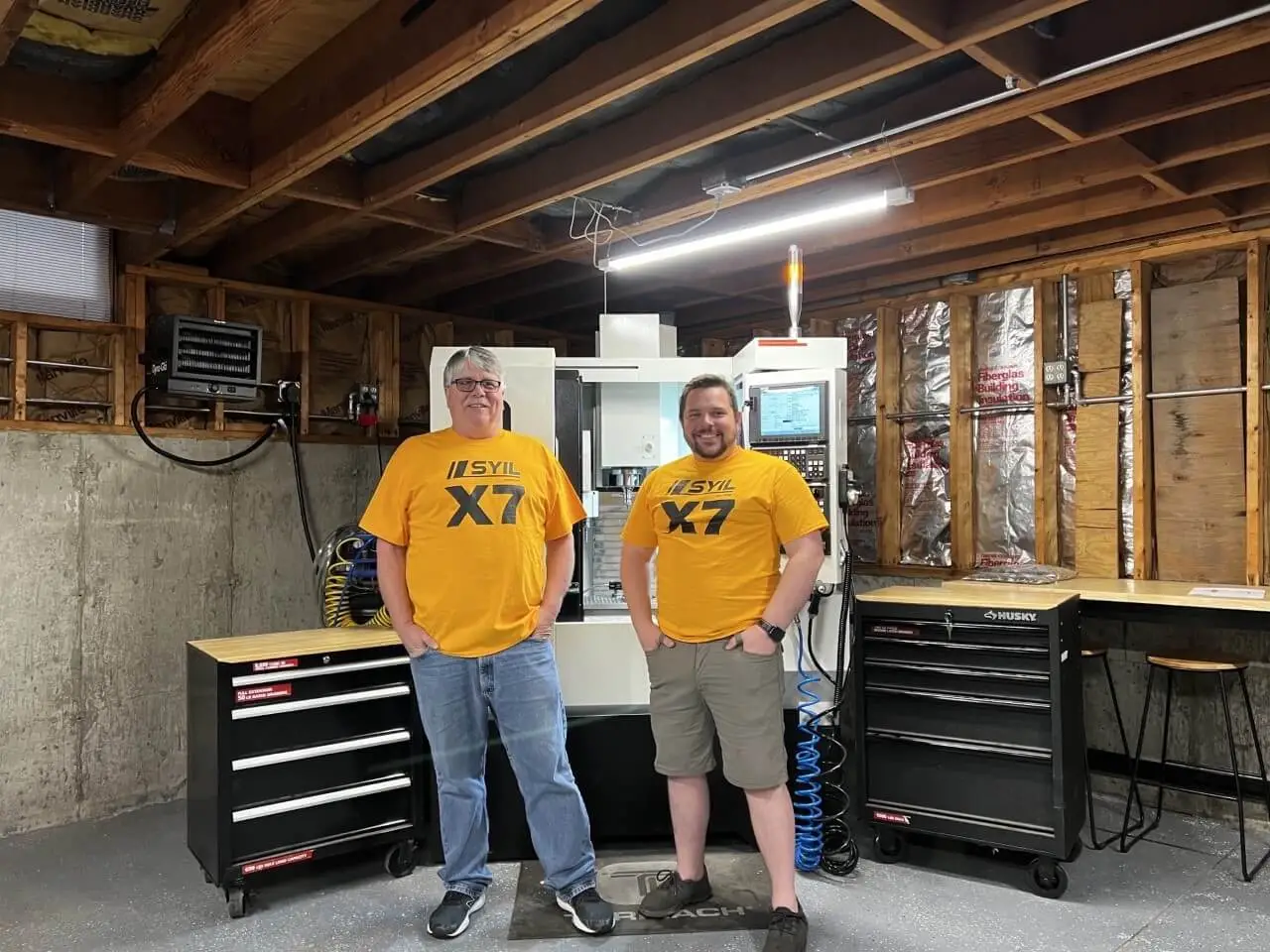
3D printing, also known as additive manufacturing, has revolutionized the way we create objects by building them layer by layer from a digital model. This technology has evolved significantly since its inception in the 1980s, expanding beyond simple prototypes to producing complex geometries and functional parts across various industries. As we dive into the evolution of this technology, it's crucial to understand how it compares with CNC machining and what implications this has for makers and manufacturers alike.
Evolution of 3D Printing Technology
The journey of 3D printing began in the early 1980s with the development of stereolithography (SLA), which allowed designers to create physical models from computer-aided designs (CAD). Over the years, various techniques emerged, including fused deposition modeling (FDM) and selective laser sintering (SLS), each offering unique advantages for different applications. Today, advancements in materials science have led to a wider array of printable materials such as metals, ceramics, and biocompatible substances, making it possible to tackle intricate designs that were once thought impossible—raising questions like Will 3D printing replace CNC machining?
Leading 3D Printers Today
In today's market, several leading brands are pushing the boundaries of what 3D printers can achieve. Companies like Ultimaker and Prusa Research are renowned for their user-friendly FDM printers that cater to both hobbyists and professionals alike. On the industrial side, machines from brands like Stratasys and EOS offer high-performance solutions for serious manufacturing needs—often igniting debates on CNC vs 3D printing when it comes to choosing equipment for specific tasks.
Main Applications in Manufacturing
The applications of 3D printing in manufacturing are vast and varied; they include rapid prototyping, tooling production, and even end-use part fabrication across industries like aerospace, automotive, and healthcare. In dentistry specifically, there’s a growing trend towards using 3D printing vs milling techniques for creating dental implants or orthodontic devices due to their precision and customization capabilities. However, one must also consider What is the biggest disadvantage of using CNC? when weighing these options—especially regarding material limitations or production speed.
CNC vs 3D Printing: Accuracy and Precision
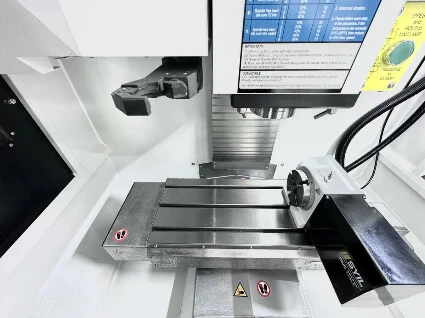
Is CNC More Accurate Than 3D Printing?
Generally speaking, CNC machining tends to offer superior accuracy compared to traditional 3D printing methods. This is primarily due to the subtractive nature of CNC processes which allows for tight tolerances and detailed work that can meet stringent specifications. While some high-end 3D printers can achieve remarkable precision, they still may not match the reliability of a well-tuned CNC machine when it comes to intricate designs or large-scale production.
But does this mean that 3D printing is entirely out of the running? Not necessarily! The question Will 3D printing replace CNC machining? often arises in discussions about future manufacturing technologies; however, each has its strengths depending on application needs. For instance, while CNC excels in producing parts with complex geometries at high volumes with minimal waste, certain applications like rapid prototyping can benefit from the flexibility offered by 3D printing.
Tolerances and Detailed Work
Tolerances are a critical aspect when discussing accuracy between these two technologies. In general terms, CNC machines can achieve tolerances as tight as ±0.005 inches or even tighter based on machine quality and setup—making them ideal for applications requiring meticulous detail. On the other hand, standard FDM (Fused Deposition Modeling) printers might struggle with similar levels of precision due to material shrinkage and layer adhesion issues.
That being said, advancements in SLA (Stereolithography) and other high-resolution methods have improved the tolerance capabilities of some modern 3D printers significantly. Still, when considering Which is better: 3D printing or CNC machining for prototypes?, it often depends on whether you prioritize speed or precision during your prototyping phase—CNC machines typically provide more consistent results but may take longer for initial setups.
Real World Accuracy Comparisons
In real-world scenarios comparing “CNC vs 3D printing,” it's essential to consider specific case studies where either technology shines brightest. For example, in dental applications like crowns or bridges—often discussed under “3D printing vs milling in dentistry”—CNC milling machines deliver precise fits that ensure patient comfort and functionality over time.
However, there are instances where rapid prototyping using advanced FDM or SLA printers has proven beneficial for quick iterations before final production runs are executed via traditional machining methods. Ultimately understanding both technologies' capabilities allows businesses to make informed decisions about their needs without overlooking potential advantages each method brings.
Cost Comparison: CNC vs 3D Printing
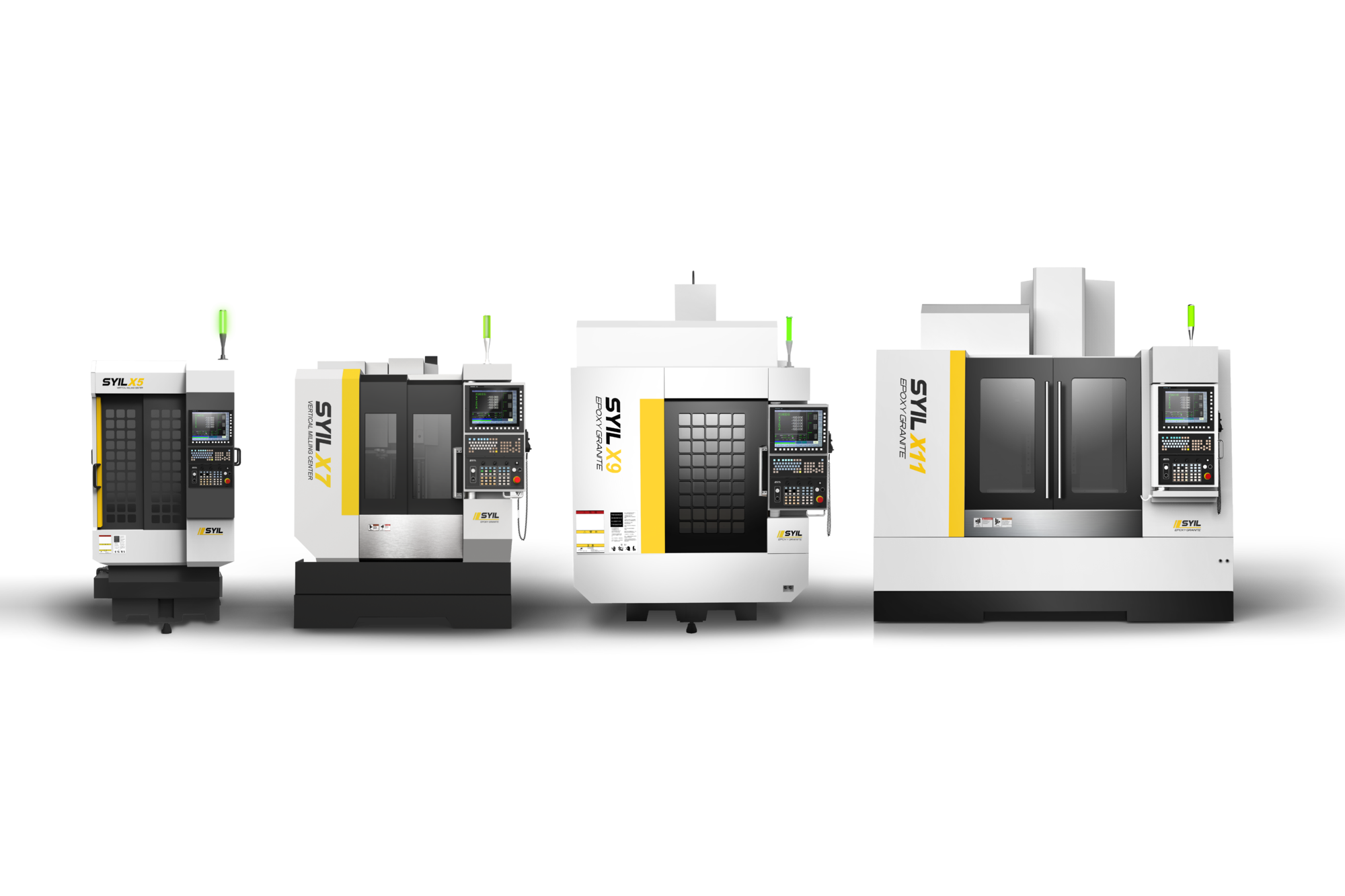
When diving into the world of fabrication technologies, understanding the cost implications of CNC vs 3D printing is crucial. Both methods offer unique advantages and challenges, particularly when it comes to initial investments and operational costs. By exploring these financial aspects, you can make an informed decision about which technology suits your needs best.
Understanding 3D Printing vs CNC Cost
The cost structures for CNC machining and 3D printing differ significantly, influencing their adoption in various industries. In general, 3D printing tends to have lower upfront costs due to the relatively inexpensive machines and materials available today. However, when considering factors like material waste and production speed, the question remains: is CNC more accurate than 3D printing? This accuracy often comes at a higher price point for CNC machinery but can lead to better long-term value in precision applications.
Initial Investment and Operational Costs
Initial investment plays a significant role in the decision-making process between these two technologies—CNC machines are typically more expensive upfront compared to entry-level 3D printers. Additionally, operational costs vary; while 3D printing often involves lower material costs per part produced, CNC machining may incur higher maintenance expenses due to its complexity. Ultimately, evaluating initial investment alongside ongoing operational costs will help determine whether you lean towards 3D printing or milling in dentistry applications.
Long-term Financial Implications
Considering long-term financial implications is essential when comparing CNC vs 3D printing technologies. For businesses focusing on high-volume production with tight tolerances, investing in CNC might yield better returns over time despite the higher initial outlay—this leads many to ponder: will 3D printing replace CNC machining? Conversely, for startups or projects requiring rapid prototyping with less capital risk, embracing the lower-cost model of 3D printing could be advantageous for quicker iterations without breaking the bank.
The Role of CNC and 3D Printing in Prototyping
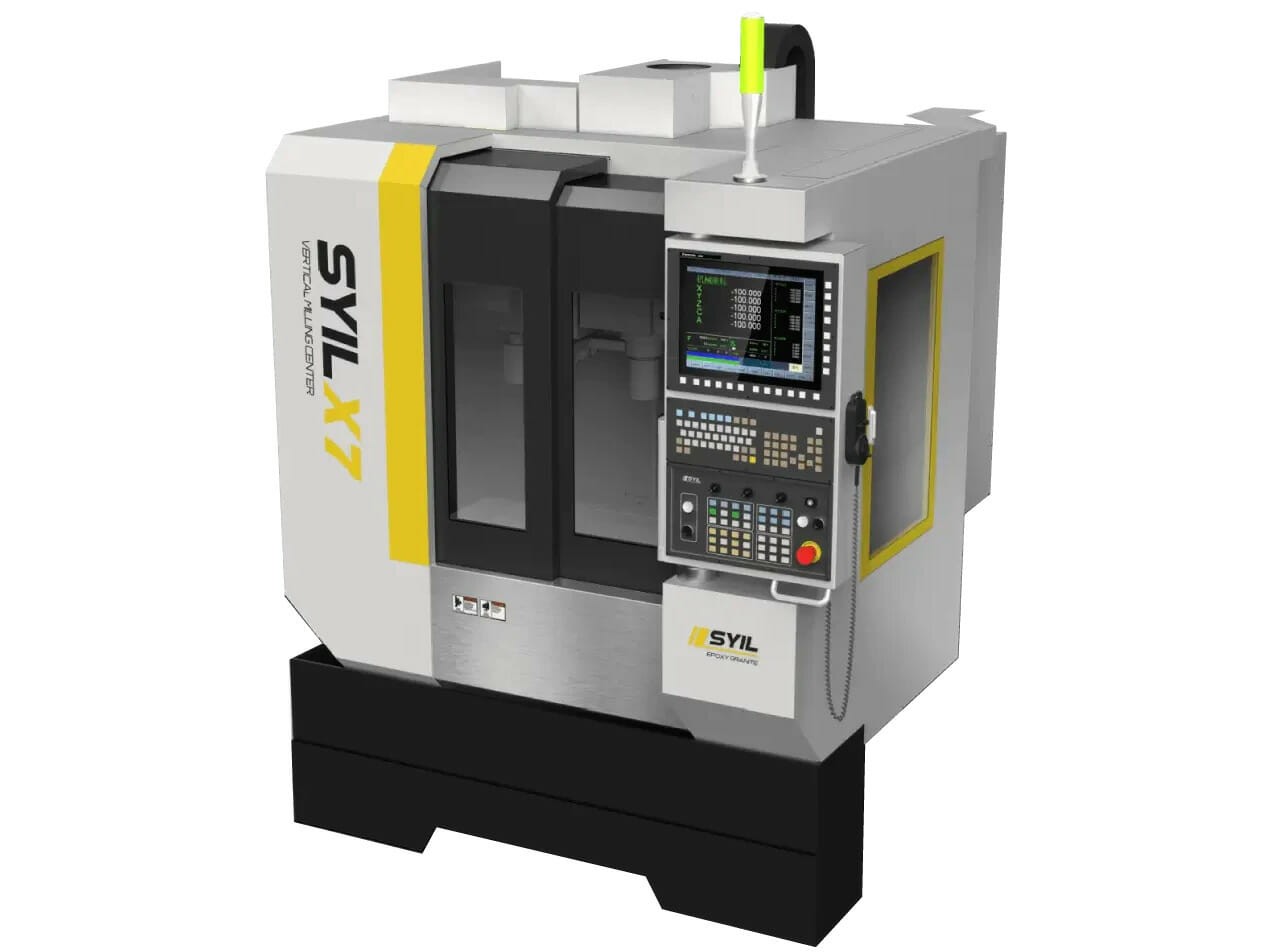
In the world of prototyping, both CNC machining and 3D printing have carved out their niches. The choice between the two often hinges on specific project requirements, such as material type, design complexity, and desired accuracy. So, which is better for prototypes? Let’s dive into that question.
Which is Better for Prototypes?
When contemplating CNC vs 3D printing for prototypes, it’s essential to consider the unique strengths of each technology. CNC machining typically excels in producing parts with high precision and a smooth finish; however, it can be more time-consuming and costly upfront due to tooling and setup requirements. In contrast, 3D printing offers rapid production capabilities with less initial investment, making it an attractive option for those looking to iterate quickly on designs.
Yet, this leads us to ponder: Is CNC more accurate than 3D printing? While CNC can achieve tighter tolerances than most 3D printers currently available, advancements in additive manufacturing are closing that gap. Ultimately, the choice may depend on your prototype's specific needs—if you require intricate details or specific material properties that only CNC can provide, then it might just edge out its rival.
Fast Prototyping and Iteration Speed
One of the standout features of 3D printing is its ability to facilitate fast prototyping. Designers can create a digital model and have a physical version in hand within hours—perfect for those tight deadlines! In comparison to traditional methods like milling or turning with CNC machines, which often involve longer lead times due to setup processes and tooling changes, 3D printing shines brightly when speed is essential.
This brings us back to the age-old debate: Will 3D printing replace CNC machining? While it's unlikely that one will completely overshadow the other anytime soon, their capabilities complement each other well in many applications. For projects needing quick iterations without sacrificing quality too much—think concept models or visual aids—additive manufacturing tends to take the cake over traditional methods.
Case Studies in Product Development
To illustrate how these technologies play out in real-world situations, let’s look at some case studies from various industries. In automotive design, companies have leveraged both methods: using CNC machining for critical components where precision matters most while employing 3D printing for rapid prototyping of non-critical parts like brackets or housings. This hybrid approach allows them to save time while ensuring top-notch quality where it counts.
In dentistry—a field increasingly reliant on technology—the debate between 3D printing vs milling continues as practitioners weigh their options carefully. Many dental labs now use both technologies; they might employ milling techniques for crowns requiring durability while utilizing 3D printers for creating initial models or guides quickly. This synergy highlights how understanding which is better—CNC machining or 3D printing—can lead not only to efficient workflows but also innovative product solutions across various sectors.
Conclusion
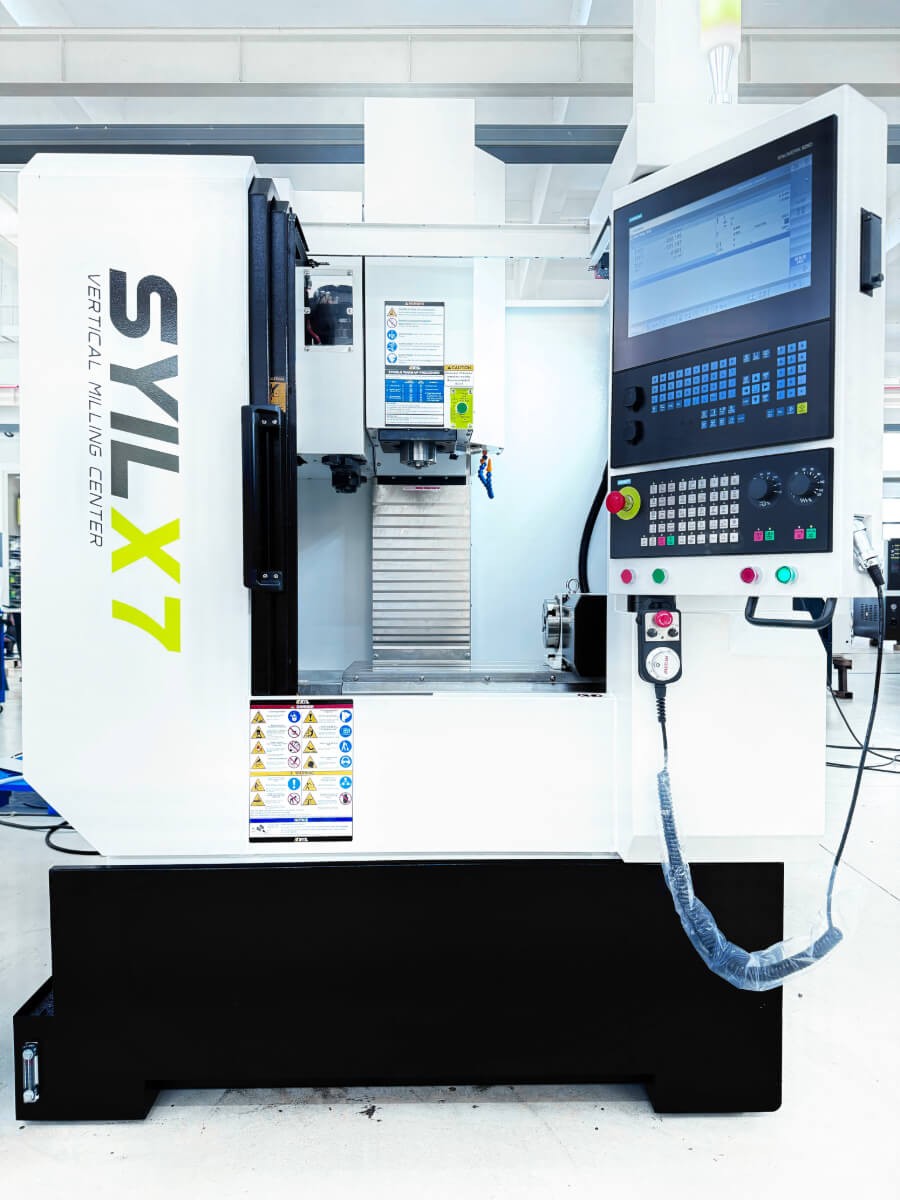
In the great debate of CNC vs 3D printing, both technologies have their unique advantages and limitations. While CNC machining is often lauded for its superior accuracy and precision, 3D printing offers unparalleled flexibility and design freedom. Ultimately, the choice between these two methods depends on specific project requirements, budget constraints, and desired outcomes.
Weighing the Pros and Cons
When considering whether CNC is more accurate than 3D printing, one must acknowledge that CNC machining typically delivers tighter tolerances and finer details in finished products. However, the biggest disadvantage of using CNC lies in its complexity; it requires more initial setup time and expertise compared to the user-friendly nature of many 3D printers. On the other hand, while 3D printing excels in rapid prototyping and customization, it may not always provide the same level of durability or finish quality as CNC machined parts.
Future of CNC and 3D Printing
The future looks bright for both CNC machining and 3D printing as they continue to evolve alongside technological advancements. Will 3D printing replace CNC machining? Not likely; instead, we can expect a complementary relationship where each method enhances the other’s capabilities in various applications. Industries such as dentistry are already exploring innovative integrations of both technologies—think of how 3D printing vs milling in dentistry can produce customized dental solutions with impressive precision.
Finding the Right Technology for You
Choosing between 3D printing or CNC machining for prototypes ultimately hinges on your specific needs—budgetary constraints included! If you're looking for fast prototyping with iterative designs that can be swiftly modified, then lean towards 3D printing; however, if your project demands high accuracy and a professional finish from day one, then you might want to stick with traditional CNC methods. In short: assess your priorities carefully before diving into either realm!

